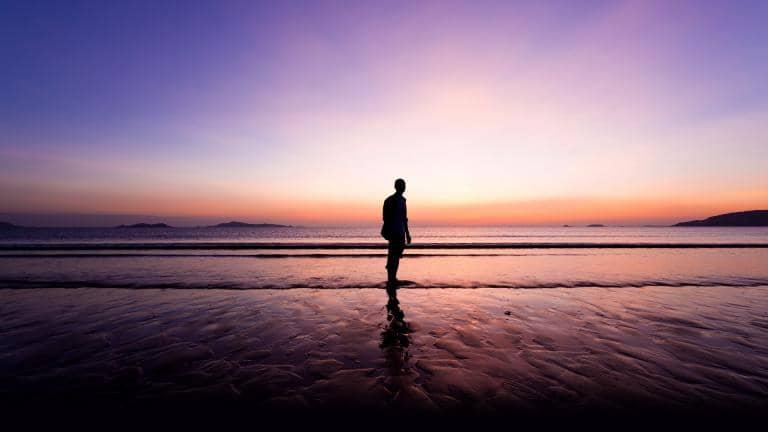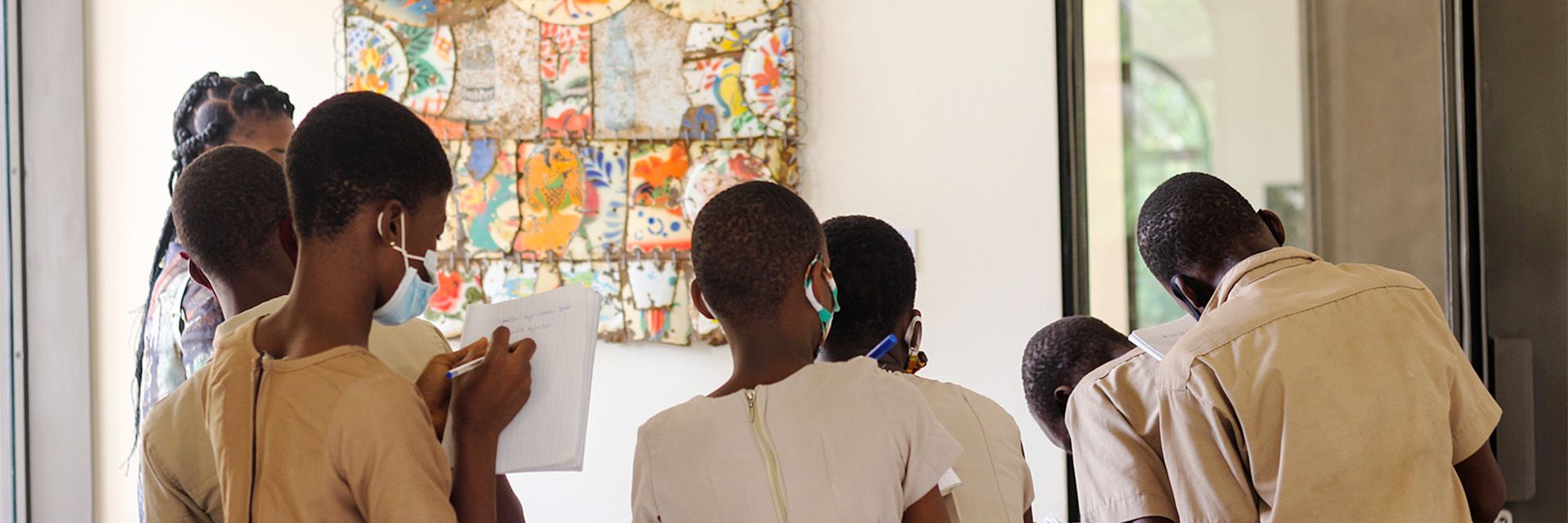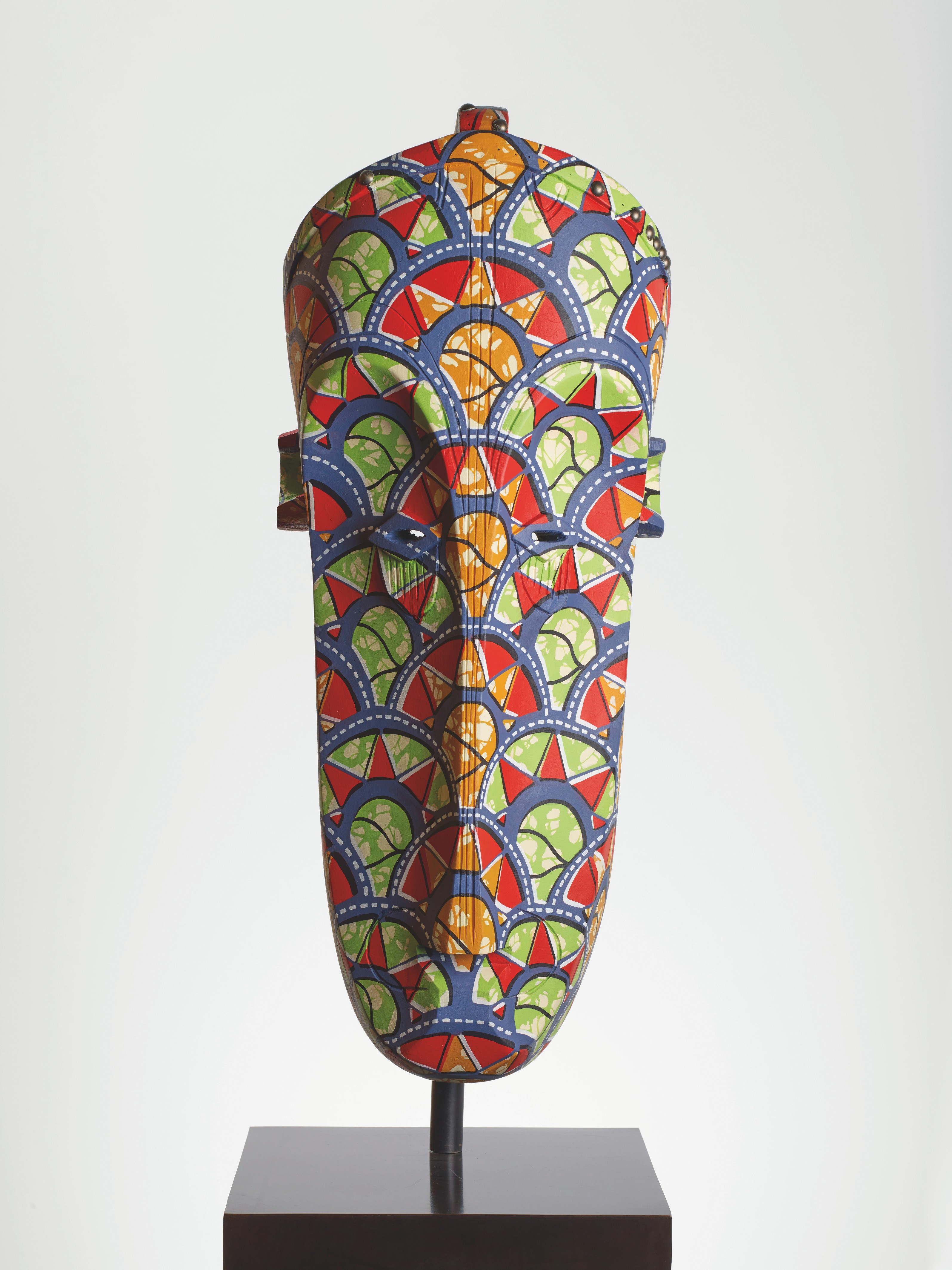
Inspired magazine
Featuring incredible insights and experiences of inspirational people from around the world, we explore some of the ultra-high net worth interests and passions that are thrilling and fascinating in equal measure.

03 July 2023
Please note: Barclays Private Bank does not endorse any of the companies or individuals referenced in this article.
Emilia Keladitis and Stephanie Sluka are doing art differently. As co-founders of the Arete Arts Foundation, their mission is to support creative initiatives across Africa and to help advance social and environmental change through art. They’ve also set up the Arete Arts Community, which helps raise the profile of contemporary African artists through exhibitions and private events. Isabelle Hayhoe, our Senior Philanthropy Adviser, spoke to them about the driving forces behind Arete and the transformational power of art.
Isabelle Hayhoe (IH): Thank you for speaking to us. I’d like to start by asking what led you two to working together?
Emilia Keladitis (EK): Steph and I met a couple of years ago when we were working on a conservation project in Africa. We came from very different backgrounds but soon realised that these different perspectives enhanced our conversations.
We kept dreaming about creating a project in the arts, and finally made it happen. The project that eventually became the Foundation started life as an African contemporary arts book. However, it soon became clear that there was potential to create positive social impact through grassroots projects.
Stephanie Sluka (SS): We were also trying to find an antidote to recent worrying environmental studies as a way of staying hopeful and being part of something that’s forward-thinking. That message seems to have resonated.
IH: Could you tell us more about the Foundation’s mission and what you are hoping to achieve through the art?
SS: The Foundation has so many facets, but that’s one of the wonderful things about it. We could have formed a non-profit organisation or found a niche within the collecting space. However, the real innovation is in weaving these things together. So our mission is to connect art collectors and donors with those interested in social and environmental topics. We then translate this money and awareness into impact on the ground by financially supporting grassroots projects. At the same time, we give artists an introduction to a larger community that is unpacking these issues through engagement with the arts.
EK: In many ways, we’re not reinventing anything – just connecting the dots. We’re stimulating conversation between incredible artists and incredible projects, bringing people together with a shared mission to create a positive impact.
SS: Two phrases we use are ‘buying art with a purpose’, or ‘collecting with a conscience’. It’s not a standard, unidirectional charity model of simply making a donation. There’s a mutual benefit, which intensifies the more these groups interact.
Photo credit: Stephen White & Co, © Yinka Shonibare CBE, Hybrid Mask (Fang Ngil), 2020. DACS/Artimage 2022, courtesy of the artist and Stephen Friedman Gallery, London
IH: Why do you feel that African art is so crucial in teaching us about climate change?
SS: Being based in Africa, I can say there’s something vibrant and alive about the continent. Africa is brimming with energy, which expresses itself through art. However, you can also see the devastating impact of climate change through its droughts and floods, for which a lot of communities lack a buffer of resiliency. On the one hand, there’s an intense need and sense of urgency, yet there’s also a pulse of optimism and creativity that you don’t find anywhere else.
EK: Having grown up in Botswana, I’ve always felt somehow connected to the region. People often ask what it was like to be on the ground in Africa, and my response is always the same: I cannot describe it to you. You need to go and experience it for yourself. There’s a powerful energy that comes through in the art.
IH: Speaking of that energy, why do you feel that art is the right medium through which to express humanity’s relationship with nature?
EK: Steph and I focus on personal experience and interaction with art. I see it with my kids. I have six-year-old twins, and my son’s world is different because of art and the way he interacts with it, and how he absorbs colours. There is something very real and impactful about the moment when someone is creating. It’s when you question what is right and wrong, what’s right for you, and what’s right for the planet.
SS: I spend a great deal of my time going to climate and development conferences or reading studies and reports. But there is an emotional disconnect – it’s all processed intellectually. The foundation gives people an artistic way to engage in the conversation. It allows them to talk about what’s happening to our planet and our relationship with nature.
IH: That’s wonderful to hear. What is your approach in terms of taking these amazing artists to a wider audience?
EK: Through what we refer to as the ‘Arete Circle’, we collaborate with people representing different communities across Africa – artists, activists, directors, curators and project operators. This extensive network often provides us with introductions to the projects and emerging artists that we support.
Beyond Africa, our wider network is spread across the world and we’re introducing that network to the projects based in Africa. Almost every conversation we have is with people who want to be part of Africa’s story and believe in the power of art to challenge the status quo.
SS: For example, we started working with a group in Zambia, and then through that connection, were introduced to a well-established art collector in Hong Kong. He wanted to host a dinner with museum representatives, so Arete helped bring an artist over to Hong Kong, and commissioned a piece of artwork to use as a discussion platform. Now that collector has got a lot of investment interest from Switzerland, so you can see how one thing leads to another.
Photo credit: Le papillon bleu, 2016. Courtesy of the artist and Primo Marella Gallery
IH: And what do you want people to feel when they read the book, visit the exhibitions or attend the private events?
EK: With the book, we have achieved a balance between celebrating the featured artists and Africa’s natural landscapes. The essays raise questions about climate change, but we’ve also managed to highlight some of the grassroots projects. We want people to realise how all these issues are linked. Whether you are an artist or a collector, you can do more by connecting with these communities.
SS: Following on from what Emilia said, we also want people to be inspired to act. That could mean hosting an event, volunteering for a local project or engaging in policy discussions.
IH: How did you go about selecting the artists featured in the book?
SS: We were spoiled for choice. Ultimately, we wanted to focus on artists who had a deep connection with Africa and who were working to raise awareness of environmental issues. We also wanted artists from different parts of the continent who work in different mediums and could tell a more complete story.
IH: That certainly comes across. Can you tell us a little more about some of the success stories so far? How has your work made a difference?
SS: It’s early days, but we’ve already seen some traction. One of our more exciting initiatives is our work with the African School of Storytelling. Through this project, two Tanzanian filmmakers are helping young African photographers and filmmakers have commercial careers. Rather than flying in teams to make documentaries about Africa, the project puts the production tools in the hands of young Africans, which allows them to share their unique vantage point.
Another project we’re especially proud of is our work with a group of artists running exhibitions from a museum in Togo. More than a thousand Togolese schoolchildren come through the doors every week. We love the idea that a future artist or environmentalist could one day look back and realise their passion started on a visit to the museum.
On the environmental front, we’re working with a project called Ocean Sole. The artists collect flip-flops from the beach so they can help prevent plastic from getting into the ocean, and then create sculptures from what they find.
IH: One final question, if I may – where do you see the Foundation’s work progressing?
EK: Arete could remain focused on the arts and the environment in Africa, but there’s nothing stopping us from taking the format to other parts of the world. Several artists have also told us that there are other social challenges on the ground in Africa that could benefit from our help. Anything is possible.
SS: We haven’t limited ourselves and have had conversations with different government partners and embassies about working with us. We’ve also started getting calls from museums and we’re thinking about running art safaris. Now that we’ve started, I don’t think we’ll ever stop.

Featuring incredible insights and experiences of inspirational people from around the world, we explore some of the ultra-high net worth interests and passions that are thrilling and fascinating in equal measure.
This communication is general in nature and provided for information/educational purposes only. It does not take into account any specific investment objectives, the financial situation or particular needs of any particular person. It not intended for distribution, publication, or use in any jurisdiction where such distribution, publication, or use would be unlawful, nor is it aimed at any person or entity to whom it would be unlawful for them to access.
This communication has been prepared by Barclays Private Bank (Barclays) and references to Barclays includes any entity within the Barclays group of companies.
This communication:
(I) is not research nor a product of the Barclays Research department. Any views expressed in these materials may differ from those of the Barclays Research department. All opinions and estimates are given as of the date of the materials and are subject to change. Barclays is not obliged to inform recipients of these materials of any change to such opinions or estimates;
(ii) is not an offer, an invitation or a recommendation to enter into any product or service and does not constitute a solicitation to buy or sell securities, investment advice or a personal recommendation;
(iii) is confidential and no part may be reproduced, distributed or transmitted without the prior written permission of Barclays; and
(iv) has not been reviewed or approved by any regulatory authority.
Any past or simulated past performance including back-testing, modelling or scenario analysis, or future projections contained in this communication is no indication as to future performance. No representation is made as to the accuracy of the assumptions made in this communication, or completeness of, any modelling, scenario analysis or back-testing. The value of any investment may also fluctuate as a result of market changes.
Where information in this communication has been obtained from third party sources, we believe those sources to be reliable but we do not guarantee the information’s accuracy and you should note that it may be incomplete or condensed.
Neither Barclays nor any of its directors, officers, employees, representatives or agents, accepts any liability whatsoever for any direct, indirect or consequential losses (in contract, tort or otherwise) arising from the use of this communication or its contents or reliance on the information contained herein, except to the extent this would be prohibited by law or regulation.

